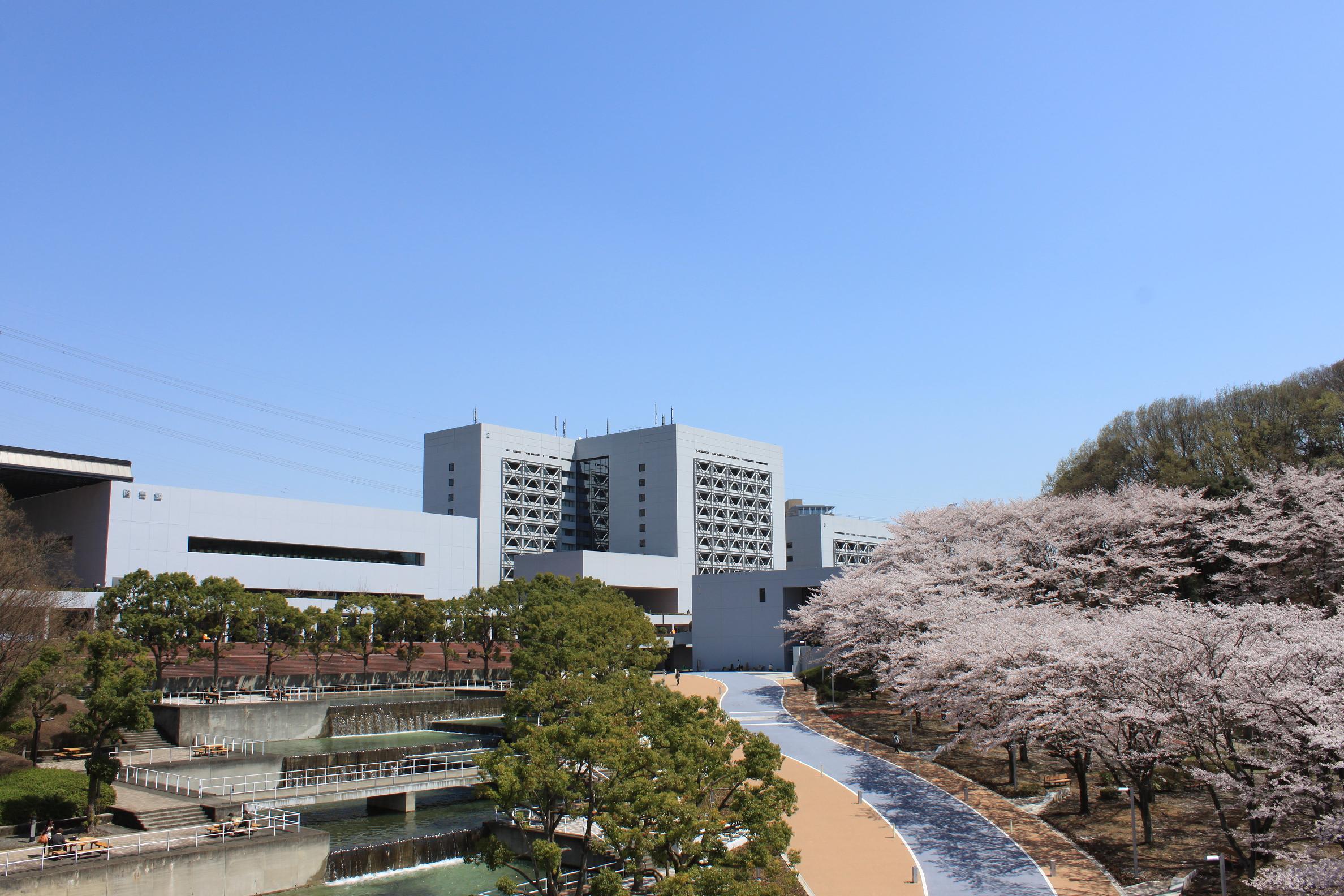A research group led by Professor Masataka Watanabe of the Chuo University Research and Development Organization, in collaboration with the Mongolian Meteorological, Hydrological and Environmental Information Research Institute and the Ministry of Natural Environment and Tourism of Mongolia, has confirmed that CO2 emissions estimates calculated from satellite observations are based on actual Mongolian emissions. It was announced that the results matched the nationally reported values with high accuracy.The world's first report incorporating CO2 emissions estimates from this satellite as verification, ``Mongolia's Second Biennial Update Report (BUR2),'' was submitted to the UNFCCC.
Each country reports to the United Nations Framework Convention on Climate Change (UNFCCC) the amount of CO2 emissions caused by human activities that cause climate change.Emission calculation methods are based on detailed statistical data, but some countries lack the data and experts.Therefore, the research group developed a new system to estimate CO2 emissions from Mongolia's energy sector.
This is a hybrid system that takes advantage of the advantages of the conventional bottom-up method using statistical data and the top-down method using observation data from the Greenhouse Gas Observation Technology Satellite GOSAT (nickname: IBUKI).
The estimated difference from this estimate was only a few percentage points from the values previously reported by the Mongolian government and the greenhouse gas emissions database EDGAR.The results demonstrate the effectiveness of the hybrid system and suggest that BUR2 is a transparent and high-quality report based on scientific evidence.
Dr. Batjargal Zamba, Mongolia's former special envoy for climate change, said this method is useful in countries with complex topography and prone to localized factors in greenhouse gas dispersion, such as temperature inversion layers, and that the GOSAT data He states that such remote sensing information is highly cost-effective and transparent, and is essential for establishing a stable CO2 monitoring system in Mongolia, which has a small population and limited human resources.
Paper information:[Scientific Reports] Enhancing scientific transparency in national CO2 emissions reports via satellite-based a posteriori estimates

